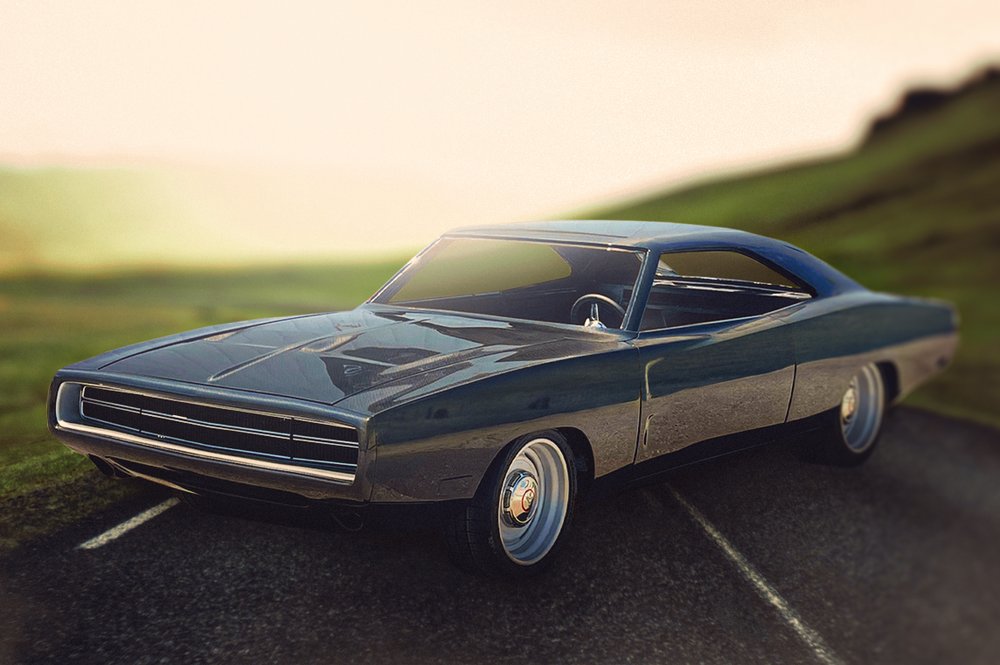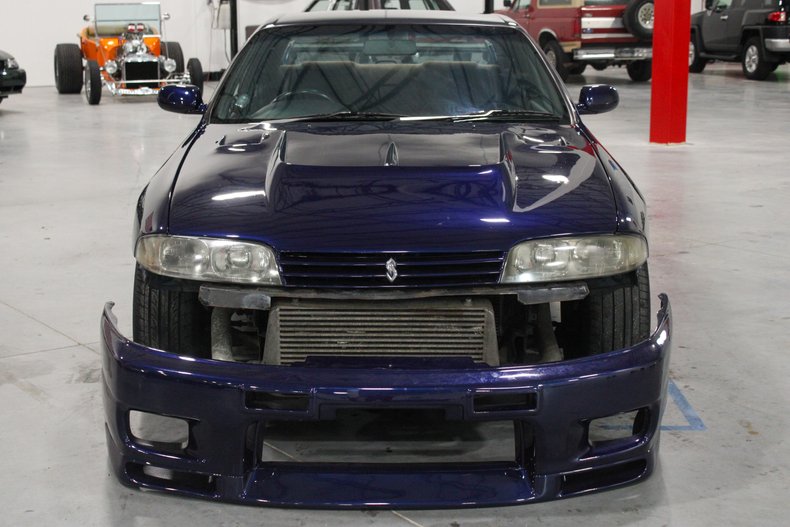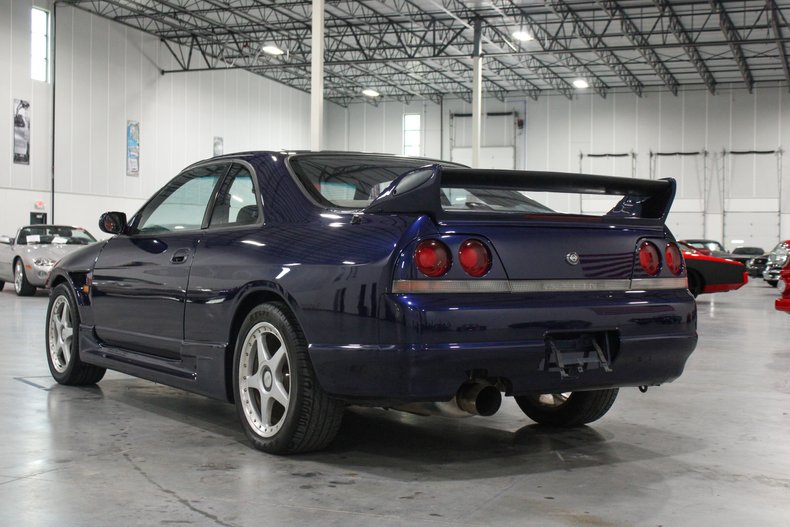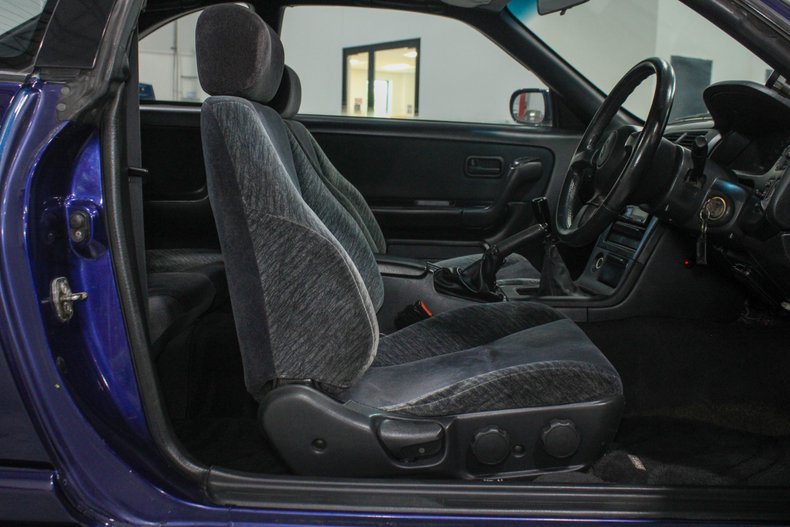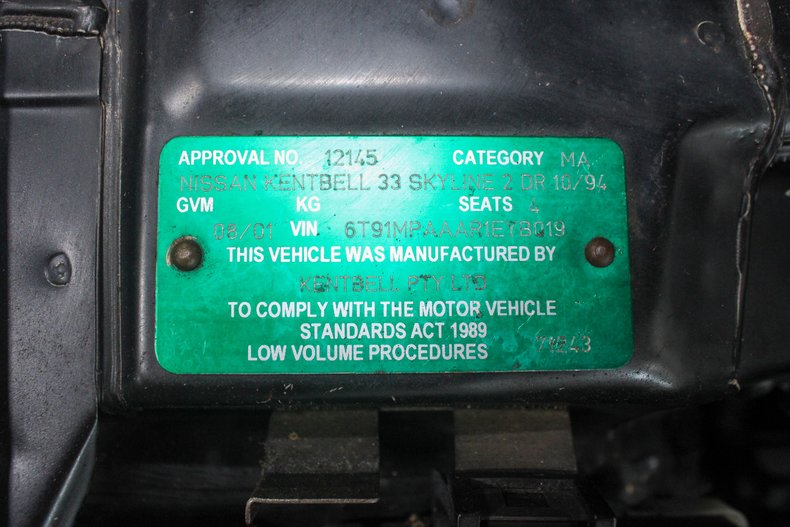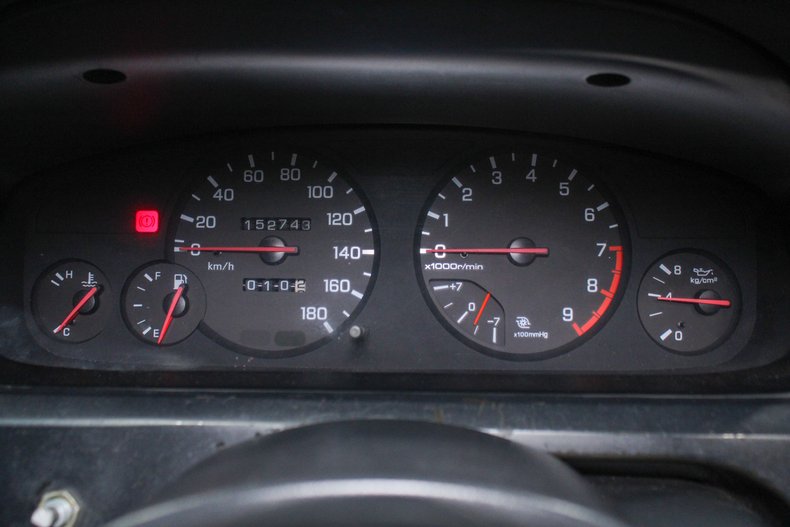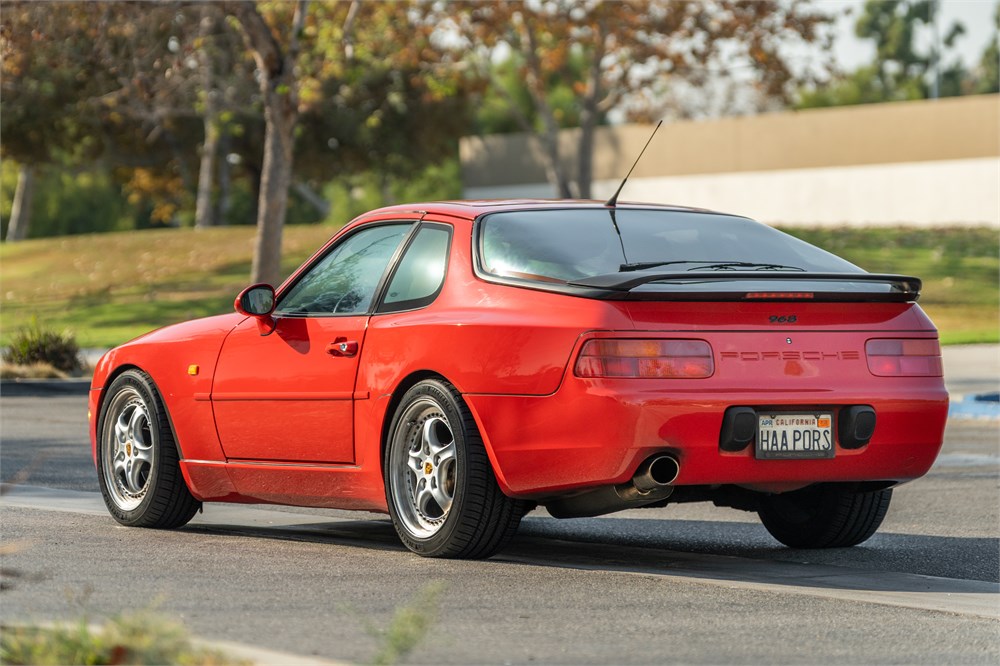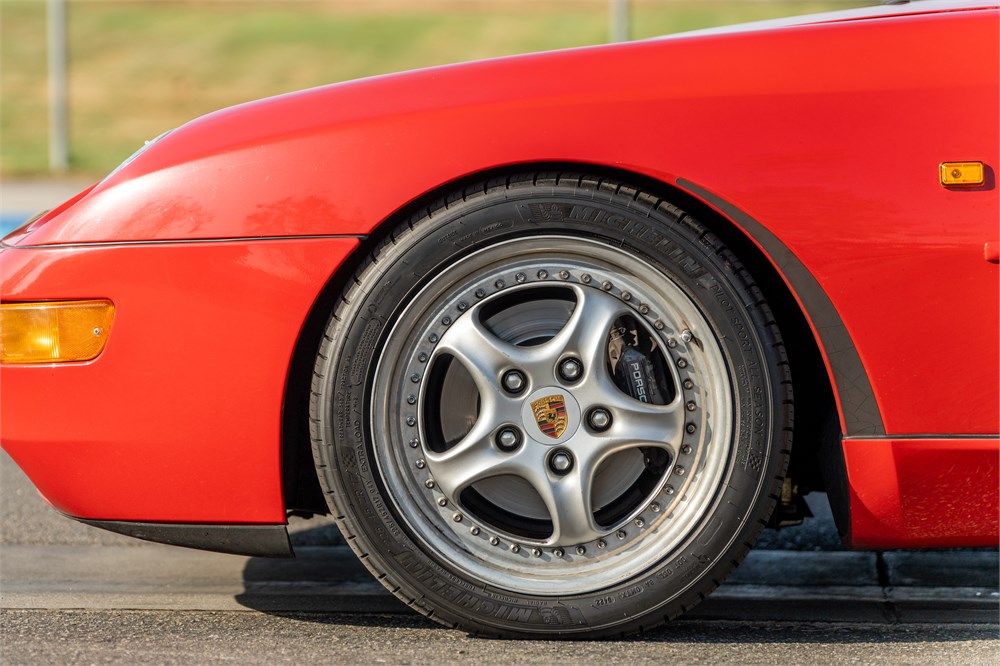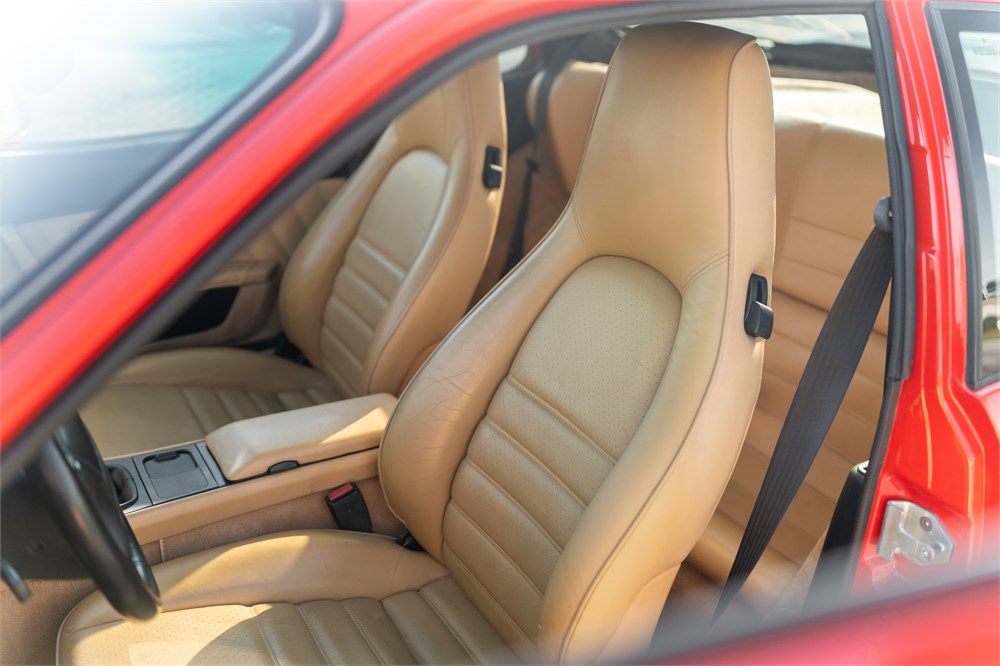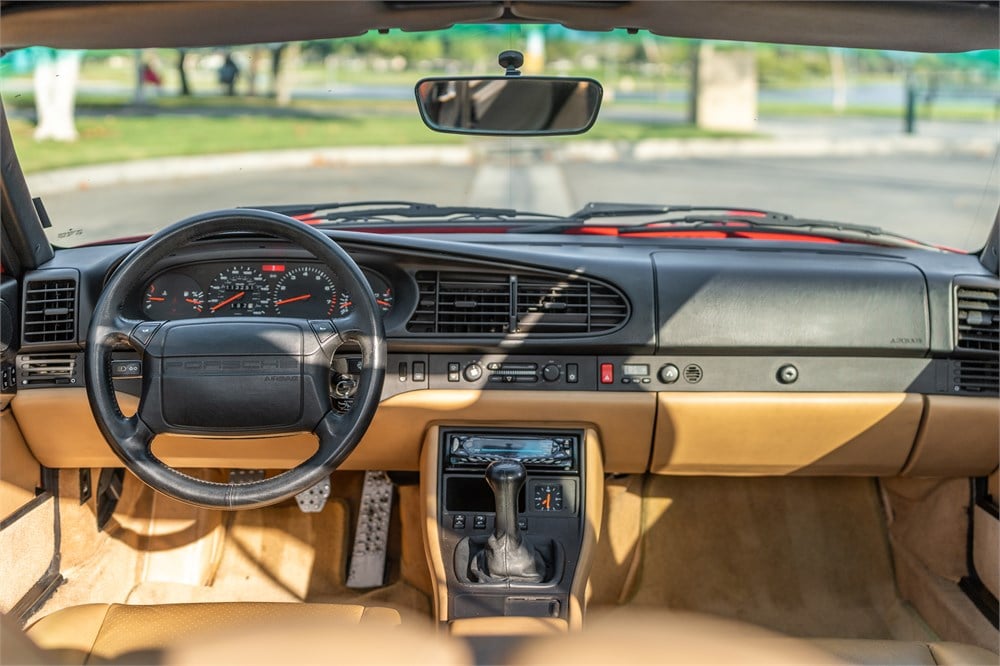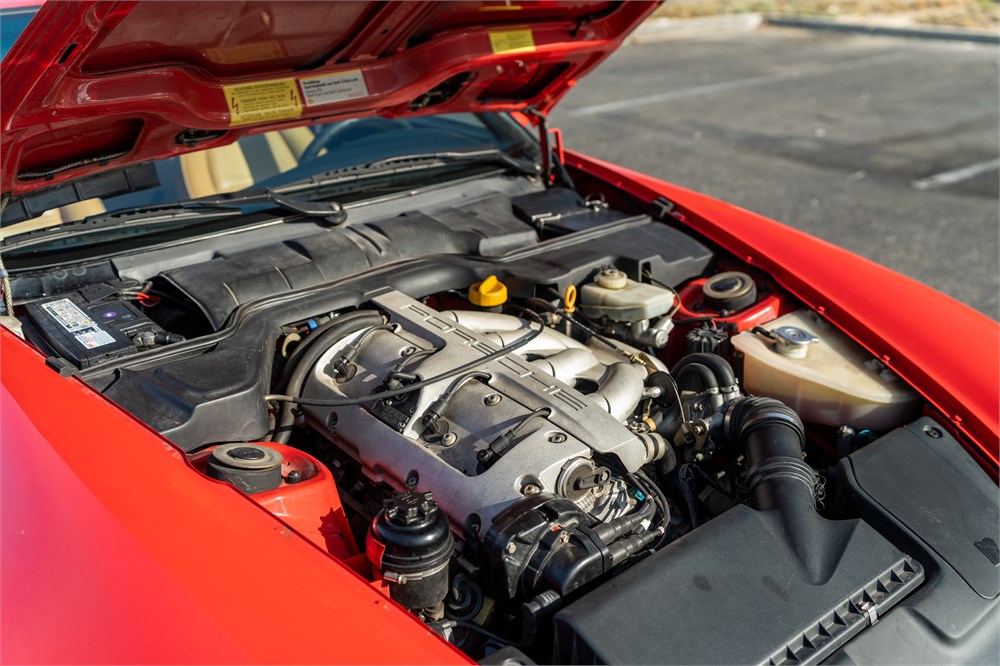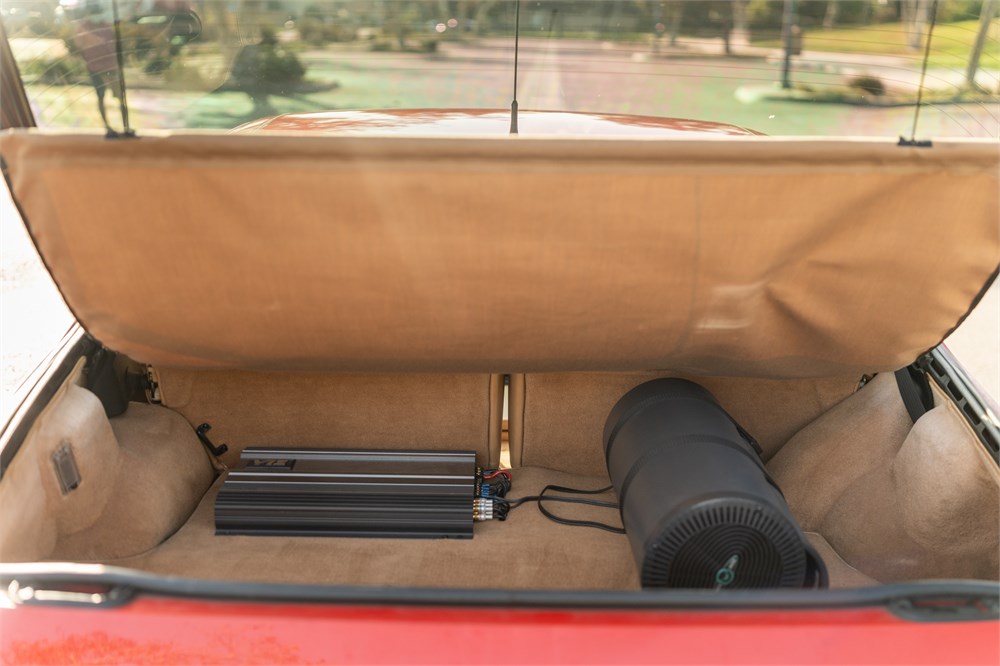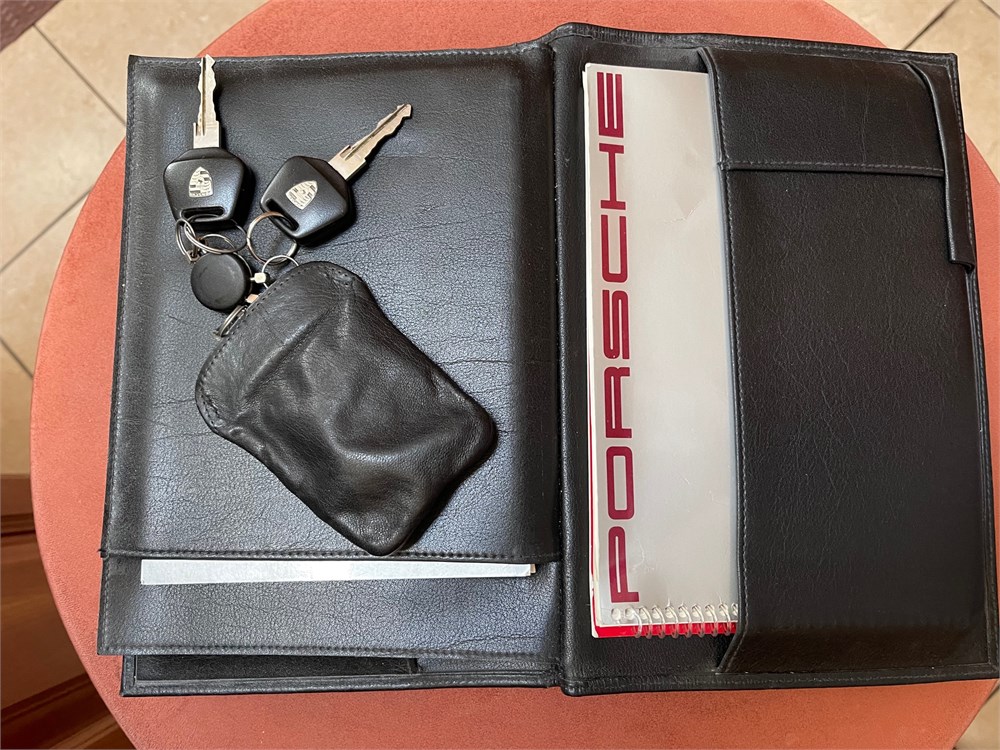Was it a coincidence or a “sign?” An unexpected find at the Hershey swap meet reconnects one man with family history.
Long before old-car hobbyists connected on the internet and social media to buy and sell cars, parts, and automobilia, they met in person at swap meets and flea markets. Certainly, online commerce is popular and efficient, but nothing beats the in-person experience of swap meets. And the largest automotive flea market, the annual AACA Eastern Fall Nationals in Hershey, Pa., is a yearly family reunion of vintage-automobile fans. The vehicles brought them together initially, but it is the lasting friendships that keep them coming back to reconnect.
“Family” is what makes Hershey so great, and it’s why I keep attending, but of all my trips, the 2021 visit ranks as the most personally moving Chocolate-town experience. To convey this Hershey moment properly, I first need to relate a little of my family history.
Webb Oil Co. and Mathiowetz Body Shop
In 1930, my grandfather, Wendelin Mathiowetz, known to family and friends as “Stutz,” built and operated a small gas station in Sleepy Eye, Minn. The little wooden station was a part of the fledgling Webb Oil Co., an independent chain created in 1923, based in Minnesota, that offered “Cut Price” fuel and lubricants. Unfortunately, a fire in 1932 leveled Stutz’s building, but the site was quickly redeveloped as a bigger, better Webb Cut Price service center. Soon thereafter, Stutz provided body and fender work, wheel alignment, headlamp alignment, and tire mounting and balancing in the building, thus expanding his business to better serve local motorists.
Stutz ran his Mathiowetz Body Shop for many years, and was well known for his neatness, perfection, and business acumen. He continually upgraded the building with the latest Bennett gas pumps, painted-metal and neon signage, and new body-shop equipment. In the early years, the station used several visible gas pumps, a large double-sided neon “WEBB GAS” sign on the canopy covering the pump island, and other homemade signs pointing out various promotions. By the 1950s, modern, short electric pumps replaced the tall visibles, and a new, longer, double-sided neon “WEBB CUT PRICE GAS” sign replaced the first sign.
Family Tradition
Tragedy struck the Mathiowetz family and business in 1960. In October, Stutz was killed in a single-car accident east of Sleepy Eye. He was survived by his wife (Rose, my grandmother, who passed away in 2009) and two sons (Bob, my uncle, now 89, and Charles, my father, who passed away in 2020). Bob assumed ownership of the business, and, for the next 25-plus years, he operated the gas station/body shop with great success. Two of Bob’s sons, Lowell and Marv, became owners of the business in the early 1990s after Bob stepped away from daily duties. Today, Lowell, Marv, and Lowell’s son, Jeff, continue the family tradition of providing excellent body repair in the same brick building Stutz erected in the 1930s.
As for Webb Oil Co., time wasn’t kind. In the early 1980s, the small Midwestern chain was purchased by a larger corporation, and Webb became an oil industry footnote. Because of this business change, Bob discontinued offering any gasoline in the late 1980s/early 1990s and focused exclusively on collision work. Soon, the underground tanks were unearthed, the gas pumps were taken away, the concrete pump island was razed, and the neon sign removed.
The “B GAS” Neon Sign
A few of the Webb items from the station remain in the personal collections of Bob and Marv, but other pieces were sold or scrapped. One of the items, the double-sided neon “WEBB CUT PRICE GAS” sign, was sold to a local antique dealer in the early 1990s.
The sign, which Stutz put into service around 1950, was originally about 12-13 feet long with red neon tubing for the word “GAS” and a flashing arrow on each end pointing inward. At some point in the late 1960s or early 1970s, the sign was shortened, which eliminated the ends and flashing neon arrows. The alteration left an unusual and distinctive appearance, which, for many years, had me perplexed.
Because the sign wasn’t repainted after its modification, on each side one could read the letter “B,” the word “GAS,” and a portion of the letters “C” and “P.” In all of my visits to the station when I was young, I often wondered why the sign read “B GAS.” Later, of course, I could see that the “B” was the last remaining letter of the word “WEBB,” and the faint “C” and “P” were leftovers from the words “CUT PRICE.” After the sign left the building, we never saw it again, and I often wondered what had happened to it.
Unbelievable Discovery
In 2021, my girlfriend, Deb, and I traveled from our home in central Wisconsin to Hershey to take in all of the AACA action and display our 1964 Amphicar in Saturday’s car show. As we were walking through Chocolate Field North of the flea market, a large Firestone neon sign on a trailer caught our attention. As Deb was examining it, I walked around the trailer to look at the other signs that the vendor had for sale. Immediately, I recognized a sign that I had seen so many times before. When Deb joined me, I exclaimed, “This is the sign from the body shop!” Its distinctive appearance was a dead giveaway. It was almost too unreal to comprehend. How could our family sign from Minnesota be at Hershey? It was 1,200 miles away from home, and about 30 years after I had last seen it.
The vendor walked toward me and said, “I think the sign was cut down at one time.” I replied, “Yeah, my uncle did it. This sign is from my grandfather’s gas station.” I quickly followed with, “Where are you from?” His response? “Minnesota.”
The vendor, Mike Wegleitner, was closing up his space for the night, but we quickly made a handshake deal. I was certain that the sign was, indeed, the sign, but because the item was rather expensive, I asked if the sale could be contingent upon confirmation from my cousin, Marv, back home. Mike, fascinated by the whole story, was extremely cooperative and agreed, and we met the following morning, my 60th birthday, to close the deal.
We e-mailed pictures of the sign to Marv at the body shop. He quickly called me and said, “Keith, that’s the sign!” I had to ask, “Are you sure, Marv?” Without hesitation, he proclaimed, “I’d bet my life on it! Unbelievable! Congratulations!”
Mike explained that he had recently “picked” the sign from a warehouse in Duluth, Minn. The warehouse was full of signs collected over many years; the signs were destined to decorate a bar/restaurant in the Canal Park area of the city. The business never materialized, and the signs sat untouched. Except for broken neon tubing, the extremely weathered “B GAS” sign looked exactly the same as it did at the body shop in the 1980s.
Conservation and Display
Because Deb and I were tight on space in our tow vehicle and trailer, Mike graciously transported the 7-foot sign back to Minnesota, where Deb and I retrieved it a few weeks after Hershey. A difficult decision had to be made. Do I restore the sign as originally configured, or do I just replace the broken letters and let it be? In the end, I decided to just replace the letters, as the unusual appearance is how I always remembered the sign and was the clue to its discovery.
A short while later, we delivered the sign to Gail Schroepfer of Northern Advertising, Inc. in Antigo, Wis. A seasoned neon craftsperson, Gail crafted the replacement neon letters based on vintage photos that I had. She also replaced the non-working transformer and brittle wiring to make it a safe and reliable unit. In the process, we located the flasher device that once controlled the neon arrows, and we learned that the old transformer dated to 1950.
The sign now hangs proudly over the collector cars in our garage, and it is literally the center of attention. Interestingly, three of the five cars in the garage had been beneath the sign before, when they were being fueled with Webb Cut Price gasoline back in the 1970s and 1980s.
Don’t let anyone tell you that swap meets are only about rusty parts and tools. They are family reunions, and, at Hershey, I was uniquely reunited with family members past and present.
If you like stories like these and other classic car features, check out Old Cars magazine. CLICK HERE to subscribe.
Want a taste of Old Cars magazine first? Sign up for our weekly e-newsletter and get a FREE complimentary digital issue download of our print magazine.
View the original article to see embedded media.
*As an Amazon Associate, Old Cars earns from qualifying purchases.


